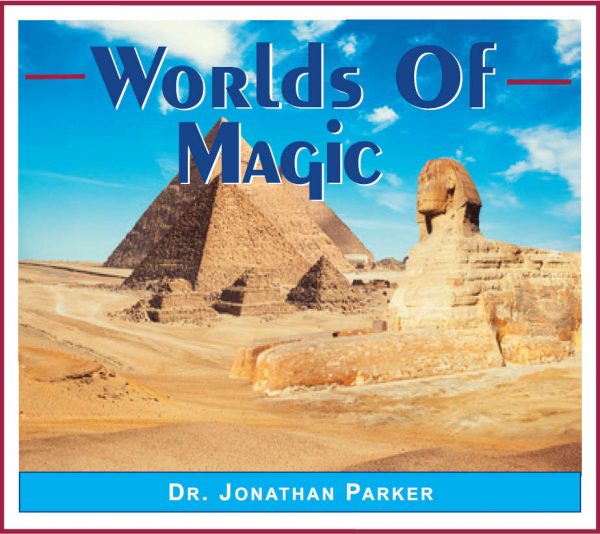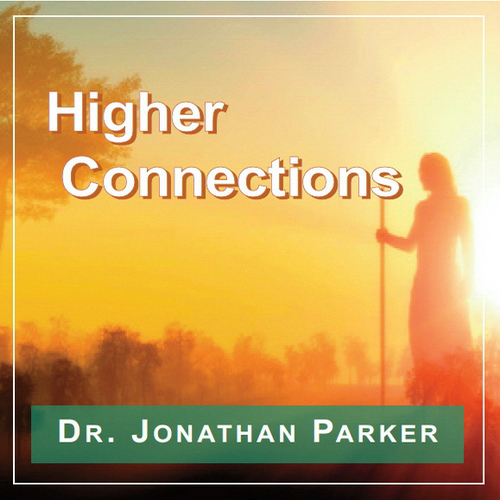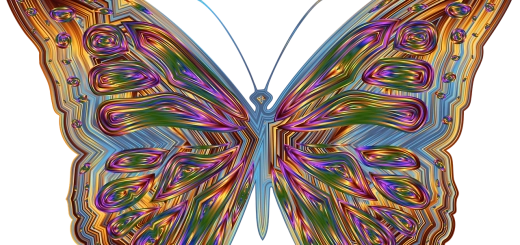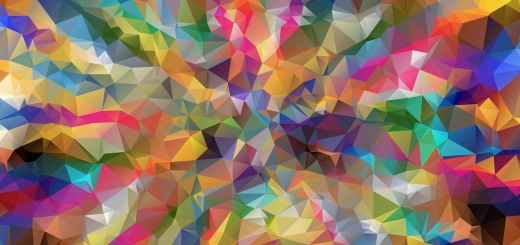The Kulama Ceremony: Aboriginal Ritual and Mythological Tradition
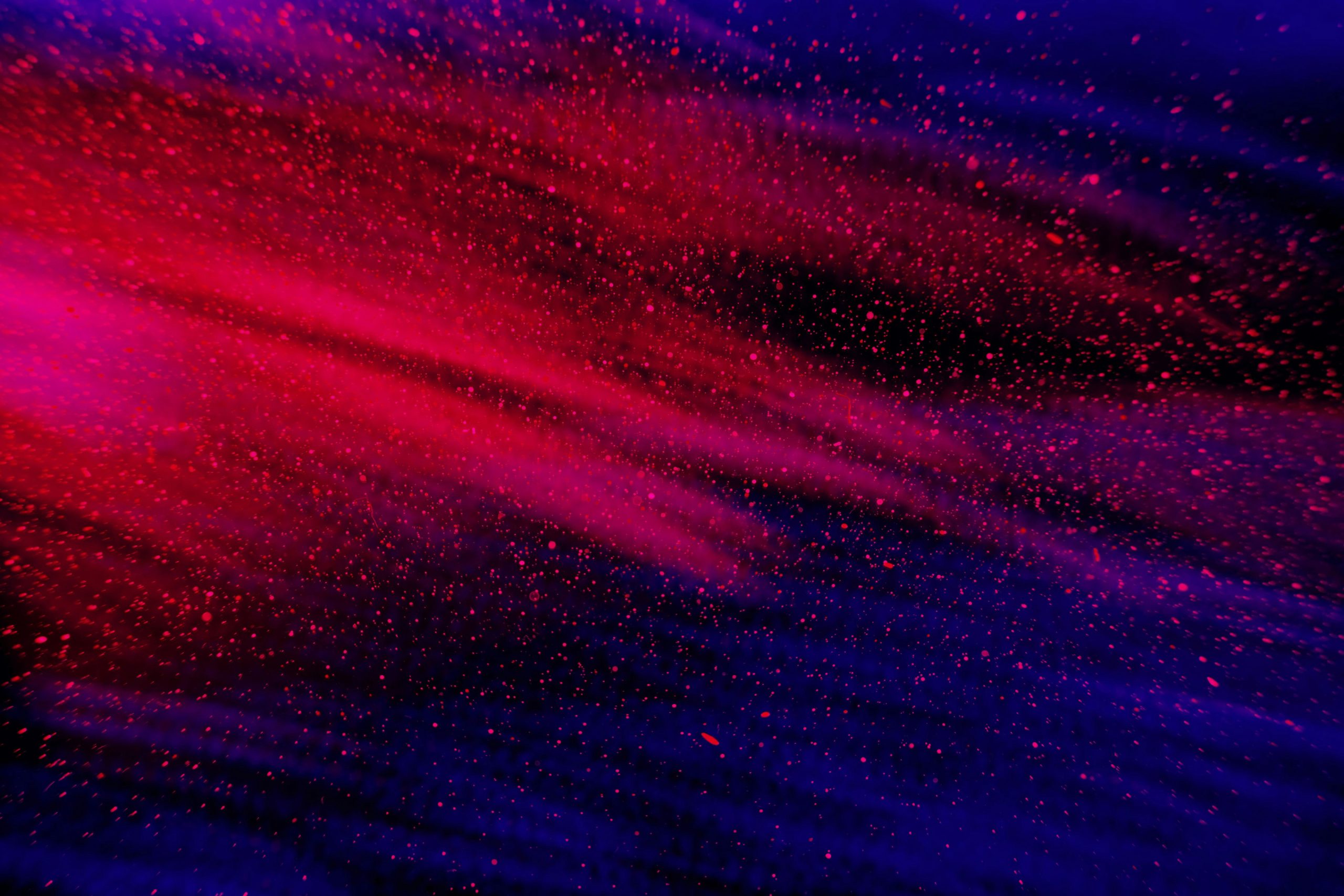
Looking for more amazing products? Check out our online store and explore our collection here! Happy shopping!
Before diving in, please note: This post is for informational purposes only. If you’d like to know more about how we approach topics, feel free to check out our friendly Disclaimer Page.
Hey there, amazing readers! 
We’re committed to delivering quality posts, and your support (even just sticking around despite the ads) means everything to us. So, bear with us, and thanks for helping us keep the good vibes rolling. Now, on to the fun stuff!
TRANSLATE BUTTON AT THE END OF THE ARTICLE
Introduction: The Kulama Ceremony Overview
The Kulama Ceremony is a sacred ritual of the Aboriginal people of Arnhem Land in Northern Australia.
This ancient ceremony is a significant part of the cultural and spiritual heritage of the Yolngu people, who have been performing it for generations.
The Kulama Ceremony is a traditional initiation rite that marks the transition of young boys into manhood.
It is a complex ritual that involves elaborate preparations, symbolic acts, and the participation of the entire community.
History of the Kulama Ritual
The history of the Kulama Ceremony dates back thousands of years, with roots in the mythological traditions of the Yolngu people.
The ritual is believed to have been passed down through generations, preserving the cultural and spiritual significance of the event.
The Kulama Ceremony has been a central aspect of Yolngu society, serving as a rite of passage for young boys as they transition into adulthood.
The ritual has evolved over time, adapting to changing circumstances while still maintaining its core elements and symbolism.
Significance of the Kulama Ceremony
The Kulama Ceremony holds great significance for the Yolngu people, as it is a time of spiritual renewal, community bonding, and cultural preservation.
The ritual is a way for the Yolngu to connect with their ancestors, their land, and their traditional beliefs.
It serves as a reminder of the importance of tradition and the spiritual connection that binds the community together.
The Kulama Ceremony is a time of reflection, prayer, and celebration, marking the beginning of a new chapter in the lives of young men.
Mythological Origins of the Kulama Tradition
The Kulama Ceremony is rooted in the mythological traditions of the Yolngu people, which tell the story of the creation of the world and the roles of the ancestral beings in shaping the land and its inhabitants.
According to Yolngu mythology, the Kulama plant was created by the ancestral beings as a source of sustenance and healing.
The plant is said to embody the spirit of the ancestors and is used in the ritual to connect with the spiritual world.
The mythological origins of the Kulama tradition are central to the cultural identity of the Yolngu people and provide a framework for understanding the significance of the ritual.
Preparation and Planning for the Kulama Event
The preparation and planning for the Kulama Ceremony are extensive and involve the participation of the entire community.
Months in advance, elders and community members come together to gather the Kulama plant, prepare the ritual site, and organize the ceremonial activities.
The process of preparing for the ceremony is seen as a time of purification and spiritual cleansing, with participants engaging in traditional practices to ensure the success of the event.
The careful planning and attention to detail reflect the deep respect and reverence the Yolngu people have for their cultural traditions.
Ritual Elements of the Kulama Ceremony
The Kulama Ceremony is a multi-faceted ritual that incorporates a variety of symbolic elements and actions.
One of the central aspects of the ceremony is the consumption of the Kulama plant, which is believed to have transformative and healing properties.
Participants engage in dances, songs, and prayers that honor the ancestors and seek their blessing for the future.
The ceremony also involves the sharing of knowledge and wisdom, with elders passing on teachings to the next generation.
Each element of the ritual has deep spiritual significance and is meant to strengthen the bonds between the participants and the spiritual world.
Role of Elders in the Kulama Ritual
Elders play a central role in the Kulama Ceremony, serving as the guardians of traditional knowledge and wisdom.
They are responsible for overseeing the preparation and execution of the ritual, ensuring that it adheres to the cultural protocols and spiritual traditions of the Yolngu people.
Elders guide the participants through the various stages of the ceremony, offering guidance, support, and blessings along the way.
Their presence is essential for maintaining the integrity and authenticity of the ritual, as they are the keepers of the cultural heritage of the Yolngu people.
Symbolism and Meaning behind Kulama Practices
The practices and rituals of the Kulama Ceremony are filled with symbolism and meaning that reflect the spiritual beliefs and cultural values of the Yolngu people.
The consumption of the Kulama plant symbolizes a connection to the land, the ancestors, and the spiritual world.
The dances and songs performed during the ceremony are meant to evoke the presence of the ancestral beings and seek their guidance and protection.
Each gesture and action in the ritual has a deeper significance that speaks to the interconnectedness of all living beings and the importance of maintaining harmony with the natural world.
Impact of Colonization on the Kulama Ceremony
The colonization of Australia by European settlers had a profound impact on the traditional practices and rituals of the Aboriginal people, including the Kulama Ceremony.
The imposition of foreign laws, customs, and beliefs led to the suppression and marginalization of Indigenous cultures, forcing many rituals like the Kulama Ceremony to be practiced in secret or abandoned altogether.
The loss of cultural practices and traditions had a devastating effect on the spiritual and social well-being of Aboriginal communities, disrupting the transmission of knowledge and values from one generation to the next.
Modern Interpretations of the Kulama Tradition
In recent years, there has been a resurgence of interest in Indigenous cultures and traditions, including the Kulama Ceremony.
Many young Yolngu people are reclaiming their cultural heritage and reviving ancient rituals like the Kulama Ceremony as a way of reconnecting with their roots and asserting their identity.
Modern interpretations of the Kulama tradition seek to blend traditional practices with contemporary influences, creating a dynamic and evolving cultural expression that reflects the changing times while honoring the past.
The revival of the Kulama Ceremony is seen as a way of healing historical traumas and reclaiming agency and autonomy for Indigenous peoples.
Preservation Efforts for the Kulama Ritual
Efforts are underway to preserve and protect the Kulama Ceremony for future generations, recognizing its importance as a cultural treasure and a source of spiritual nourishment for the Yolngu people.
Organizations and community groups are working to document and archive the rituals, teachings, and practices associated with the Kulama Ceremony to ensure their survival and transmission to future generations.
These preservation efforts aim to safeguard the integrity and authenticity of the ritual while also allowing for innovation and adaptation to meet the needs of contemporary Indigenous communities.
Through education, advocacy, and cultural exchange, the Kulama Ceremony is being kept alive and thriving in the modern world.
Conclusion: The Continuing Legacy of the Kulama Ceremony
The Kulama Ceremony stands as a testament to the resilience, creativity, and spiritual depth of the Yolngu people, who have preserved their cultural traditions in the face of adversity and colonization.
The ritual continues to be a vital part of the cultural and spiritual life of Aboriginal communities, serving as a bridge between the past, present, and future.
As the Kulama Ceremony evolves and adapts to changing circumstances, its core values of connection, community, and respect remain constant, providing a guiding light for generations to come.
The legacy of the Kulama Ceremony is a reminder of the enduring power of tradition and the importance of honoring and celebrating the diverse cultural heritage of Indigenous peoples around the world.

The Enlightenment Journey is a remarkable collection of writings authored by a distinguished group of experts in the fields of spirituality, new age, and esoteric knowledge.
This anthology features a diverse assembly of well-experienced authors who bring their profound insights and credible perspectives to the forefront.
Each contributor possesses a wealth of knowledge and wisdom, making them authorities in their respective domains.
Together, they offer readers a transformative journey into the realms of spiritual growth, self-discovery, and esoteric enlightenment.
The Enlightenment Journey is a testament to the collective expertise of these luminaries, providing readers with a rich tapestry of ideas and information to illuminate their spiritual path.
Our Diverse Expertise
While our primary focus is on spirituality and esotericism, we are equally passionate about exploring a wide range of other topics and niches 

To ensure we provide the most accurate and valuable insights, we collaborate with trusted experts in their respective domains 
Our blog originally focused on spirituality and metaphysics, but we’ve since expanded to cover a wide range of niches. Don’t worry—we continue to publish a lot of articles on spirituality! Frequently visit our blog to explore our diverse content and stay tuned for more insightful reads.
Hey there, amazing reader! 
Check out our store here and take a peek at some of our featured products below! Thanks for being awesome!


